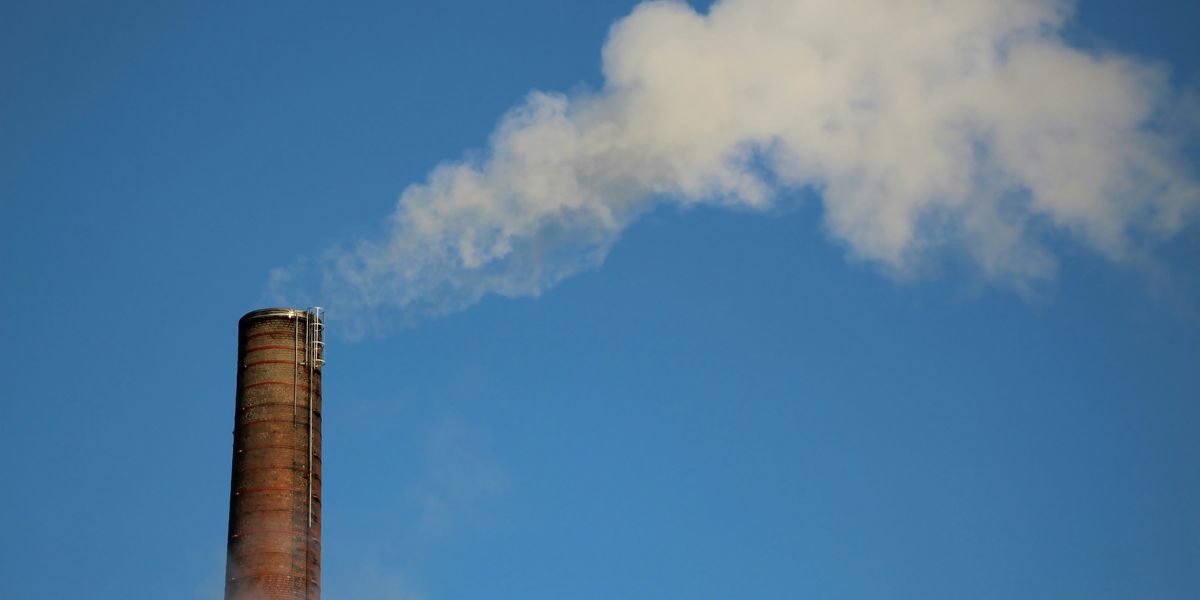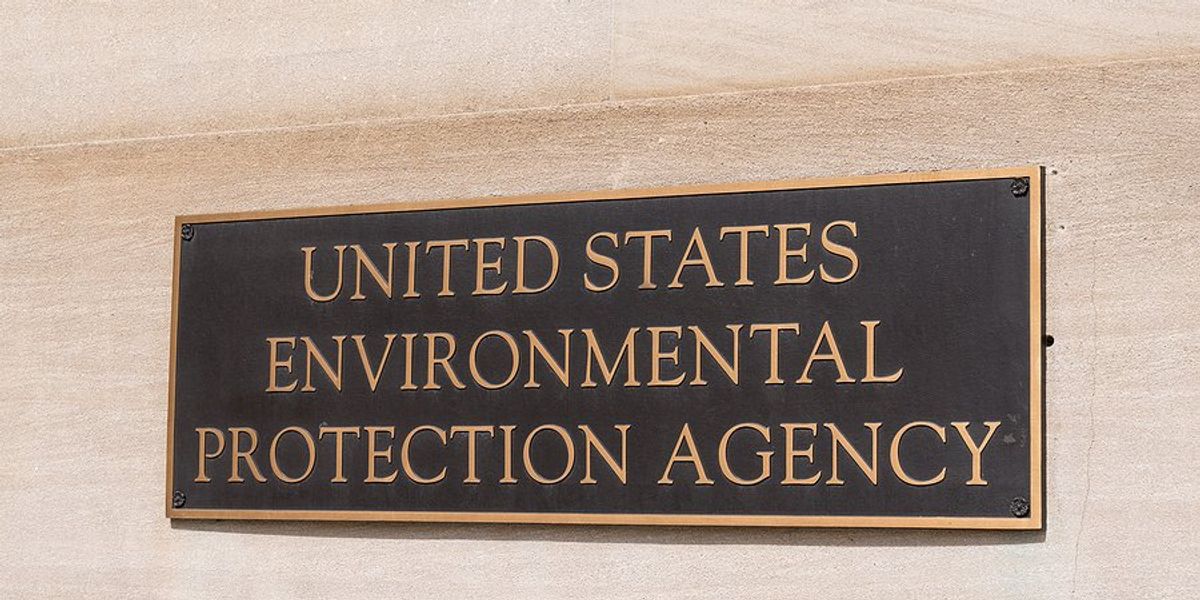
Canada releases draft rules to curb oil and gas emissions
Canada plans to cap emissions from its oil and gas sector, aiming to cut greenhouse gases by 35% by 2030, though the move faces resistance from Alberta and calls for stronger action from environmentalists.
Ian Austen reports for The New York Times.
In short:
- Canada’s new draft regulations aim to reduce oil and gas emissions by 35% from 2019 levels by 2030, though they won’t limit production.
- Environmental groups argue the regulations allow excessive leeway by permitting companies to buy offsets or pay into a carbon fund instead of reducing emissions directly.
- Alberta’s leaders and oil industry representatives warn the policy could lead to job cuts and economic setbacks, while the federal government promises tax credits for carbon capture projects.
Key quote:
“Sticking our heads in the sand means we’ll be unprepared when demand for Canada’s oil, some of the dirtiest and most expensive in the world, collapses.”
— Julia Levin, associate director for climate at Environmental Defence
Why this matters:
Canada’s oil and gas sector is the nation’s largest source of emissions, and efforts to cap these may impact both environmental targets and economic stability. With upcoming elections, the government’s ability to enforce these rules could face political challenges, impacting Canada’s role in global climate efforts.














